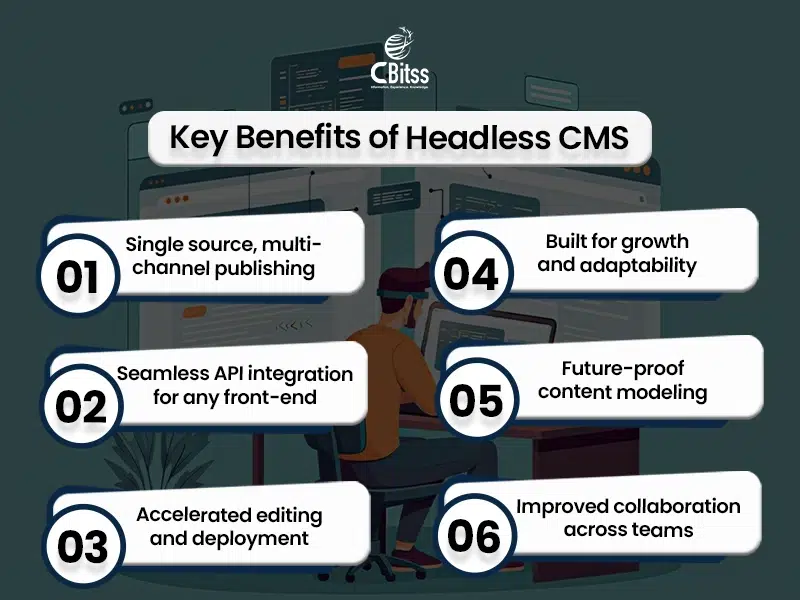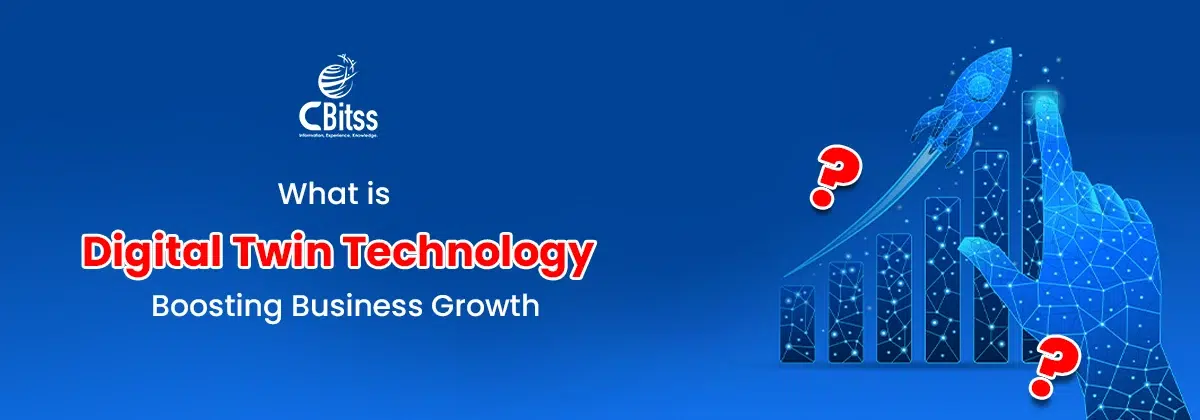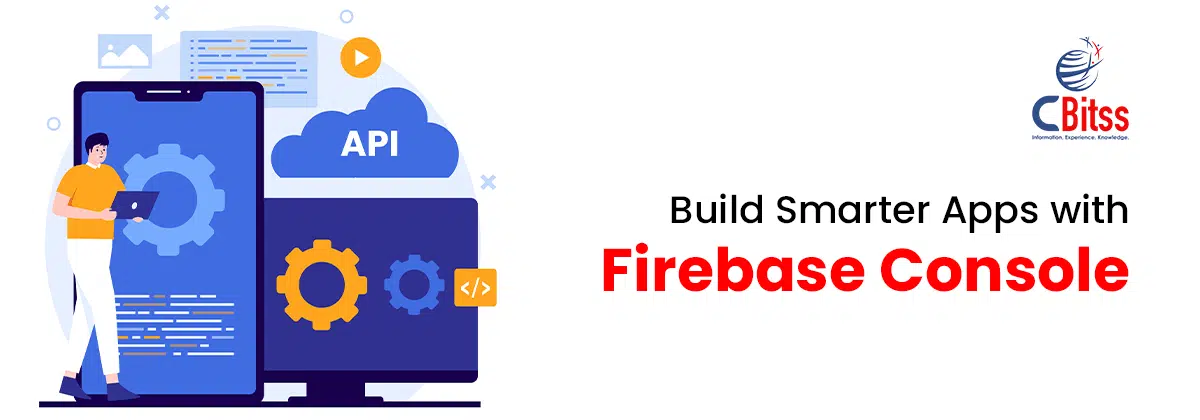Table of Contents
ToggleIntroduction
Nowadays, digital teams distribute content to websites, applications, kiosks, smart televisions, and even wearables. The previous one CMS, one site model, does not keep pace. That is why many people ask what is headless CMS in practice. Stated concisely, a headless approach decouples content and presentation to allow creators to publish once and distribute everywhere. Headless CMS: Game-Changer for Content Creators is not a hype strategy per se in the context of modern teams, but it is a feasible means to attain speed, flexibility, and scale.
So what will this do to change how your organization operates on a day-to-day basis? It won’t be the end of this article that you not only know why it is different than traditional systems, but you also get actual examples of how it simplifies workflow, accelerates the publishing process, and the power it gives creators to focus on telling stories and not the technical challenges.
From Page Builders to Content APIs: Why Headless Emerged
Old systems regarded content, templates, and layout as one unit. That was easy, until the time you had to access the same article in a mobile application, a smartwatch card, and a voice assistant. The teams started to query what is a headless CMS system as they required a system that provides clean content to any front-end using APIs.
Headless CMS: Content Creator Game-Changer began as a developer trend and evolved into a content operations strategy. Headless CMS: Content Creator Game-Changer began as a developer trend and evolved into a content operations strategy that now drives marketing and product growth.
What Does “Headless” Really Mean?
The body: what you store in your content: entries, media, models.
The head: any content-presenting user interface (web, app, screen).
Headless: separate the head and the body and bind them together with APIs.
When asked by stakeholders what does headless CMS mean, clarify that the content is still generated by the editors through a friendly UI, but the developers fetch the content to any surface through REST/GraphQL.
In other words, it is a content feed that serves all channels without prescribing design.

Why Creators Love Headless in 2025
Ship faster: Front-end teams work iteratively without disrupting the editor experience.
By default, omnichannel: a single source fills the web and app and more.
Performance: Contemporary front ends are quicker and improve UX and SEO.
Governance: Lined-up models reduce copy-pasting.
Future-proofing: New channels can be plugged in without the platform rebuild.
Are you wondering what a headless CMS system is good at?
Prove it with these results to your team. It is because this has an echo in all three fields: marketing, product, and engineering. Even app developers launching their Flutter apps on Google Play are using headless systems to push updates across multiple platforms at once.
Headless vs. Traditional: Choose Based on Fit
When to Use | Traditional CMS | Headless CMS |
Best for | Single-page brochure sites with low-to-low utility | X Multi-channel publishing (web, apps, kiosks, smart devices, etc.) |
Editing Style | Page-based editing based on templates | Content first – flexible APIs to any presentation layer. |
Performance & UX | Minimal customization. | System performance relates to templates only. |
Scalability | Performs well in smaller projects, but poorly at scale | Scaled to work across a global platform and devices. |
Business Advantage | Quickly set up simple needs | Flexible and efficient in more complex and growing digital ecosystems |
Use Headless CMS to create student-focused and future-ready e-learning portals.
Is WordPress a Headless CMS?
It can be. Exposing content either by REST or GraphQL and developing your front end separately allows you to use WordPress in a headless state. But when you decouple, you lose certain features of page-building that are tightly integrated, and you need to design a front-end stack.
The reason teams pose the question of whether WordPress is also under this is that they desire a slow transition: be familiar first, then transition to API-based modern experiences. Teams often explore this route while learning the web designer vs web developer to plan their next career move.
Manage lessons, resources, and learning content with ease using CMS.
Content Modeling for Humans
Purpose: Enable re-use of content without annoying editors.
Begin with jobs-to-be-done: What authors re-publish?
Normalize sensibly: Do not have massive so-called catch-all types, or far too fine fields.
Label things clearly: Editors are expected to know labels without a manual.
Version and localize: Start thinking ahead about translation and variant control.
Good modeling provides an answer to what a headless CMS system is like at a practical level: a place where content can go anywhere. Smart modeling directly affects the first page of Google ranking because structured data improves SEO.
How to Pick the Best Headless CMS (Decision Scorecard)
The best headless CMS are regularly requested by teams. The reality: what is best is relative. Use a scorecard:
- Editor experience (entry workflows, inline previews).
- Modelling flexibility (rich references, components, localization).
- API/SDKs (REST, GraphQL, webhooks, ecosystem).
- Performance & scaling (CDN, caching, edge, SLAs).
- Security and compliance (SSO, roles, audit, SOC/ISO).
- Localization & governance (environments, approvals).
- Total cost of ownership (pricing, usage limits, ops effort).
Content marketers already using advanced graphic design classes can pair visuals with structured APIs for stronger campaigns.
Front-End Freedom: Your Stack, Your Rules
The CMS headless architecture means that you can use content APIs with any front-end: React, Vue, Svelte, Next.js, Nuxt, Astro. Whatever you and your team prefer to work with. Designers create bold experiences; developers create performance; editors continue to publish. That’s the promise behind Headless CMS: Game-Changer for Content Creators. This freedom is similar to how Android apps development allows multiple frameworks while maintaining content consistency.
Why Headless Feels Faster
- Edge caching and static generation save time on the server.
- Incremental builds just update modified pages.
- Lazy loading, speedy first paint, and image optimization.
- The API-selective fields provide no more and no less than the view requires.
When stakeholders want to know what does headless CMS means, present this playbook and a before/after Lighthouse report. These techniques work hand in hand with top data science trends where speed and scalability are essential.
Collaboration That Scales: Editors, Devs, Legal
Headless allows every team to work its lane without interference with others: editors plan what to publish, developers push UI changes, and legal is in the workflow. This way of separating responsibilities is a practical solution for how large companies manage and deliver content. This separation is perfect for teams practicing effective keyword research to maximize content reach.
Common Pitfalls
In the implementation of a headless CMS, there are typical traps that teams can fall into that may delay success. It is a common problem.
Over-modeling: A common approach is to create a field that has an edge case on every edge, rather than using flexible components.
Lack of a preview option is another trap that erodes the confidence of the editor and makes publication a risky venture.
Disregard of governance is also an issue; environments, roles, and publishing rights will soon lead to bottlenecks in teams.
How to Avoid Them
To have a smooth headless CMS rollout, it is important to avoid such pitfalls. Begin with the ability to preview live or on demand to give the editors a sense of control. Create early governance roles and permissions. Rather than trying to do a big-bang migration, bring in slices one by one and roll out the process in phases to de-risk it.
Finally, and most importantly, eliminate tool sprawl by integrating digital asset management, translation, and analytics into your CMS ecosystem. These steps will make it rollout much more likely to be successful and provide long-term value.
Quick FAQ for Stakeholders
Q: What is headless CMS?
A: A content platform that provides structured content over APIs to any front-end.
Q: What is a headless CMS system?
A: The entire stack: content modeling, workflows, integrations, and APIs.
Q: Is WordPress a headless CMS?
A: It is usable as headless with APIs; you provide the separate front end.
Q: What is the most desirable headless CMS?
A: Score Vendors: Grade vendors on your use cases based on editor UX, APIs, scale, and TCO.
Future Trends to Watch
Composable stacks: Event-connected best-of-breed services.
Editor A.I. helper: Field-level proposals, alternative text, and localization support.
Edge-rendered personalization: Fast, privacy-conscious targeting.
More integration of the design system: Component-mapped content models.
These trends bring into focus the definition of the CMS operational core of the present content delivery.

Conclusion
A decoupled strategy brings speed, flexibility, and control to teams delivering content to numerous channels. You now clearly understand what is headless CMS, what does headless CMS mean, and even that WordPress is a headless CMS.
Choose tools purposefully rather than by buzzword, and rate options to discover the best to suit your situation. Headless CMS: Game-Changer for Content Creators in a multi-surface world is the perfect summary of the benefit.
Need to upgrade your stack?
Enroll in our Digital Marketing Course in Chandigarh.
We will assist you in platform evaluation, model design, pilot a CMS headless architecture, and launch your initial experience in the shortest time possible.
Headless CMS: Game-Changer for Content Creators will give you an advantage in 2025 and beyond.

Sukhamrit Kaur
Sukhamrit Kaur is an SEO writer who loves simplifying complex topics. She has helped companies like Data World, DataCamp, and Rask AI create engaging and informative content for their audiences. You can connect with her on LinkedIn.







